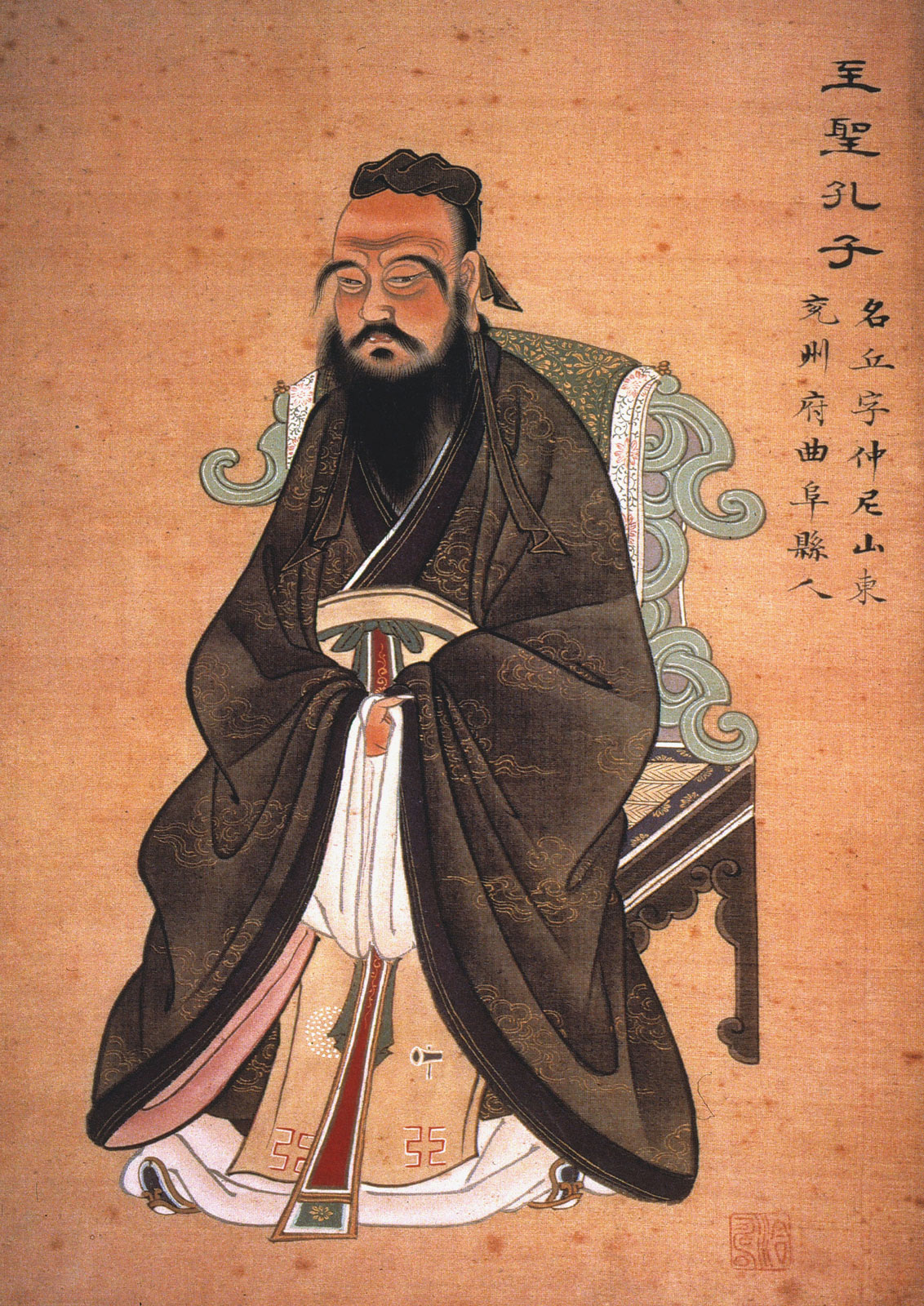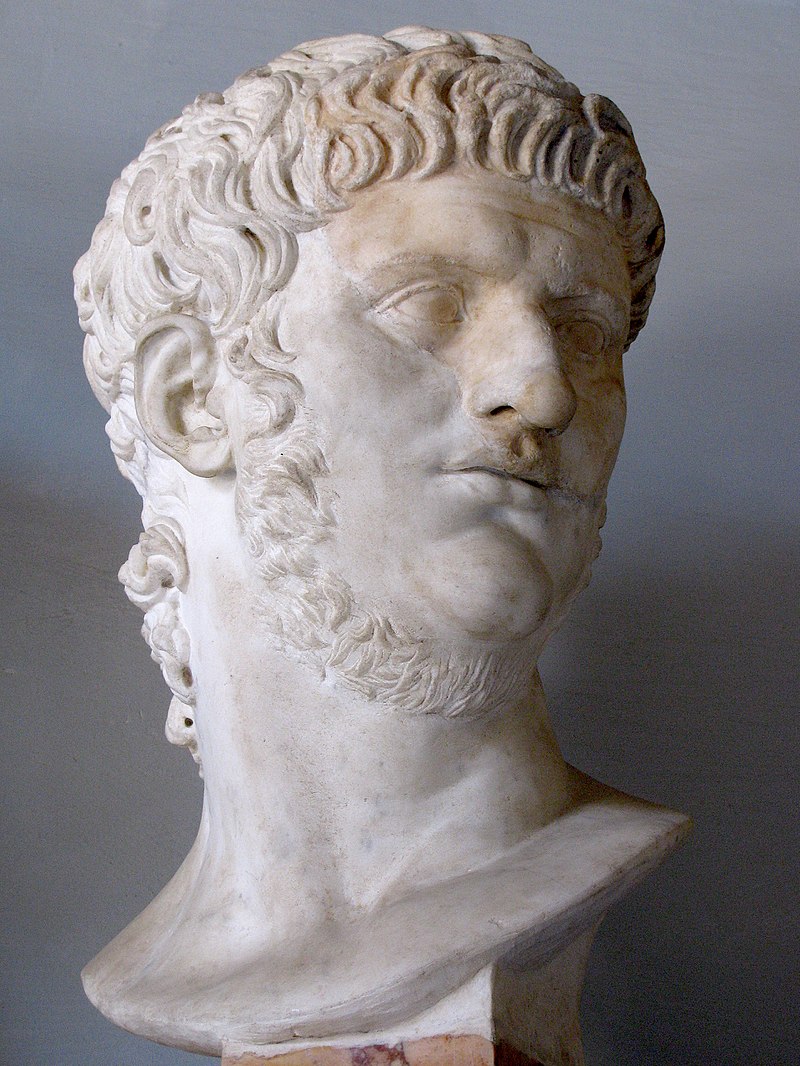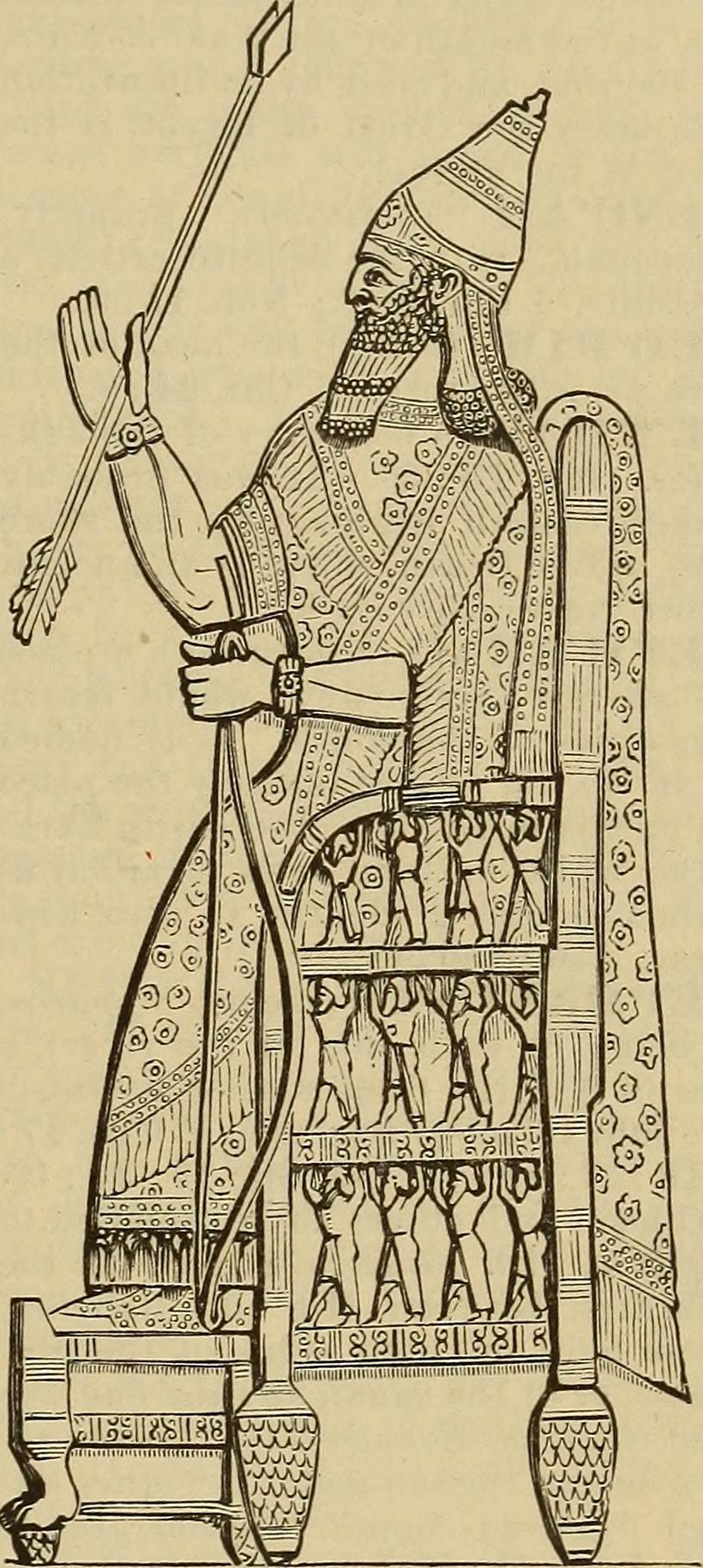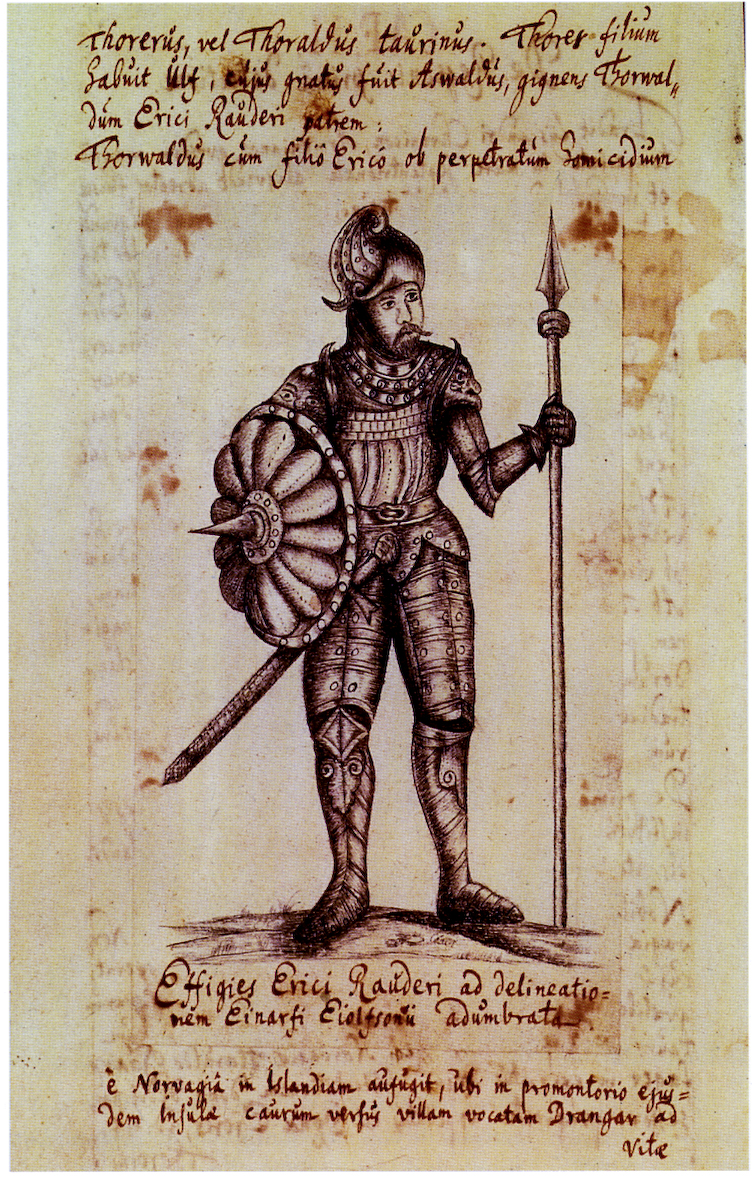At any point in recorded history (and likely well before), a beard could be a status symbol, an expression of rebellion, a religious right, a fashion statement, or proof of military conquest. In observance of No-Shave November, Secrets of the Dead compiled a list of five iconic beards of ancient history.
Hatshepsut’s Pharaoh Falsie:

Osiride head of Hatshepsut, Eighteenth dynasty of Egypt, c. 1503-1482 B.C., found at Deir el-Bahri, Thebes. Painted limestone sculpture at the Metropolitan Museum of Art, New York City.
When Pharaoh Thutmose II died in 1479 B.C., his widow (and half-sister) Hatshepsut declared herself Egypt’s rightful ruler. With the support of her high court and her impassioned claim that she was the daughter of the god Amun, Hatshepsut reigned as pharaoh for 21 years. In real life, most ancient Egyptian men were clean shaven but pharaohs often wore fake beards, usually made of metal, as a symbol of their connection to the gods. Contemporary depictions of Hatshepsut portray her in traditionally feminine clothing, wearing a false beard. In her mortuary temple at Deir el-Bahri, Hatshepsut’s likeness appeared in several granite sphinx statues, one of which is now on display at the Metropolitan Museum of Art in New York City.
Confucius and his Unmodified Mane
Popular illustrations of the Ancient Chinese philosopher Confucius (551–479 BC) depict him as having a long, luxurious beard and mustache. He maintained that one’s body was a gift from their parents, and should not be modified in any way. He urged Confucians to not get tattoos or cut their hair, beards or fingernails in order to preserve their original form. Whether or not this was practical for Tang Dynasty farmers and workers remains a detail lost to time.
Nero’s Neck-Beard
Though Roman emperor Nero has one of the most controversial legacies in history, his non-committal ‘chops made him one of the first ancient rulers to expand his infamy into internet culture. Scholars say that his interesting choice may have been an attempt to distinguish himself from the Greeks or even to hide his weight, but thanks to an unflattering contemporary bust, and a truly mesmerizing artist’s recreation, modern interpretations of Nero’s appearance suggest that he had one iconic neck-beard. Maybe this explains the moody megalomaniac’s negative press.
Sennacherib’s Babylonian Beard
Sennacherib was the king of Assyria from 705 – 681 B.C. In addition to his never-ending military conquests, Sennacherib was also a visionary architect and builder. Though history has attributed the construction of the Hanging Gardens of Babylon to King Nebuchadnezzar II, scholars debate whether the gardens were actually Sennacherib’s creation. Beyond city planning, Sennacherib participated in the ancient Mesopotamian practice of oiling and dressing one’s beard using tongs to create elaborate ringlets, which likely makes this Babylonian baddie the most luscious on this list.
Erik the Red’s Viking Vision
While he doesn’t technically qualify as a figure of ancient history, no discussion of powerful beards would be complete without mentioning the Norse Vikings. Erik the Red (950 – 1003 AD) was the explorer credited with discovering Greenland, and one of the last practicing Norse Pagans. According to the Icelandic Sagas, Erik the Red –born Erik Thorvaldsson– got his name from his fierce red hair and beard. Norse Vikings took serious pride in the quality and cleanliness of their beards, so much so that there are entire passages in the Icelandic Sagas mocking “dungbeard boys” and using “beardless” as an insult. Erik the Red may have been banished from Iceland for murdering the wrong people, but his legendary red beard earned him his name and iconic Viking status.




